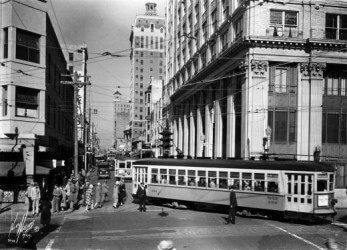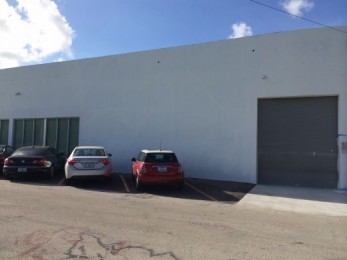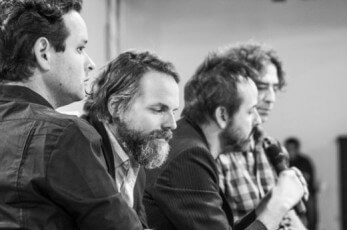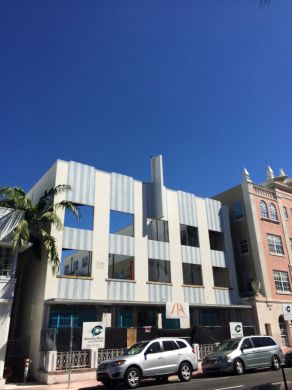When I tell new acquaintances that I direct Miami’s history museum, invariably they assume I’m making a joke. “Miami?” they gasp. “It doesn’t have any history!”
Early on the morning of August 6, 2013, officers of the Miami Beach Police Department spotted REEFA tagging his name on a closed-down McDonald’s. He was adding his tag to a mix of signs and other graffiti that was already plastered on the walls. REEFA, standing at 5’6” and weighing roughly 150 pounds, ran from about six cops until he was cornered a few blocks away. After allegedly resisting arrest, he was knocked to the ground then stunned in the chest with a Taser by officer Jorge Mercado. As the officers celebrated, the suspect went into cardiac arrest. Once delivered to Mt. Sinai Hospital, as stated in the police report, Israel Hernandez “expired.” All he got up on the wall was the ‘R’ in REEFA.
While Miami’s art scene is often faulted for lack of depth and conceptual rigor, there is enough intellectual energy here for a group of eight artists (spearheaded by Odalis Valdivieso and Lidija Slavkovic) to organize Fall Semester, a two-day rapid-fire conference where internationally recognized scholars, critics, and theorists came together to consider the city—especially this city, situated on the northern frontier of the global South.
As the artist Nick Lobo told me over pisco sours at SuViche, Miami is a resort that grew, and grew some more, but it’s still a resort—a place where people come to get away from wherever and whatever they’re from, and whoever they were previously connected to, for a while or forever. The tourist hustle and the short con are as old as the sea and as new as that day’s sunlight. Visitors are welcomed, sized up, and fleeced in endlessly inventive ways that pepper the conversations of locals. Visitors who stay longer begin to welcome, size up, and fleece newcomers, in turn.




